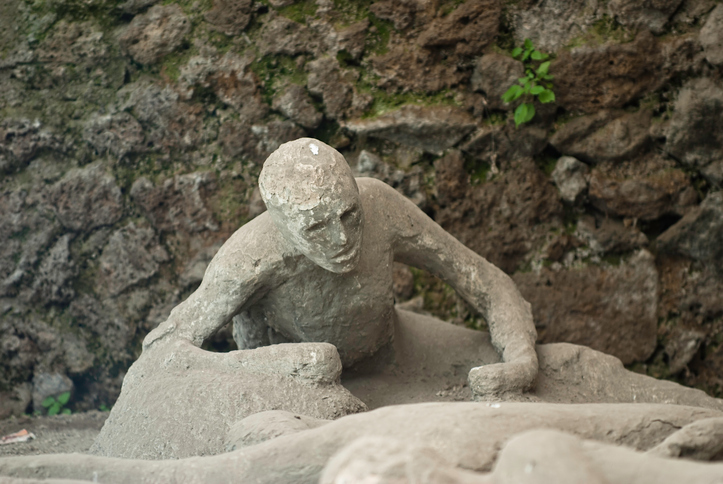Most of the written accounts on ancient Rome focus on politics, military matters, and the lives of wealthy and powerful people. But there is Pompeii, the city frozen in time, where one can see and learn about the life of lower-class people and slaves 2,000 years ago.
It was believed that Pompeii was lost forever in one of the worst and most well-known volcanic eruptions of Mount Vesuvius in 79 AD. The Roman town was buried under 13 to 20 feet of volcanic ash and pumice, but it was accidentally rediscovered in the 18th century. To everyone’s surprise, Pompeii was perfectly preserved with all its homes, artwork, shops — and spooky fossils of its residents.
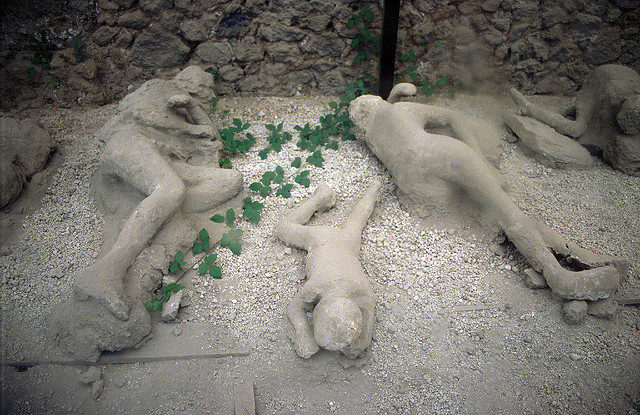
Mount Vesuvius’ eruption on August 24, 79 AD is considered one of the worst and deadliest recorded volcanic eruptions, to this day. The volcano had been dormant for many years before that day when it cataclysmically erupted with a force comparable to that of the atomic bombs dropped on Hiroshima and Nagasaki during World War II.

The entire city of Pompeii was wiped out, as well as the neighboring cities of Stabiae, Herculaneum, and Oplonti. Thousands of people were killed by the heat, poisonous gases, and hot ash and pumice that rained down. According to written accounts, there was nothing unusual about that day, only that the animals were acting strangely. And when the volcano exploded, the people in the path of the eruption were unable to escape.
Most of the information we have today about Mount Vesuvius’ massive eruption comes from an account written by Pliny the Younger, who observed the tragedy from across the Bay of Naples at the Roman military port of Misenum.
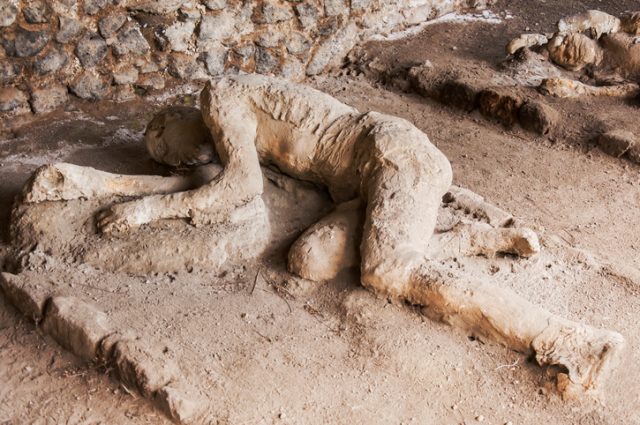
He vividly described the natural catastrophe and sent his writings as letters addressed to his friend, the Roman politician and historian Cornelius Tacitus. His letters were discovered in the 16th century.
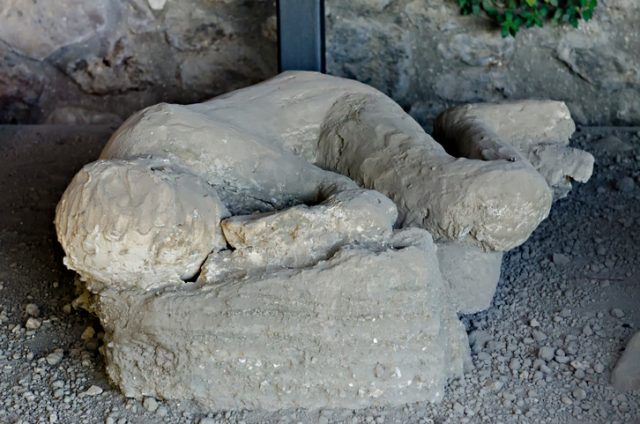
In his detailed report, Pliny tells that the eruption caught everyone by surprise and that his mother was the first to notice “a cloud of unusual size and appearance.”
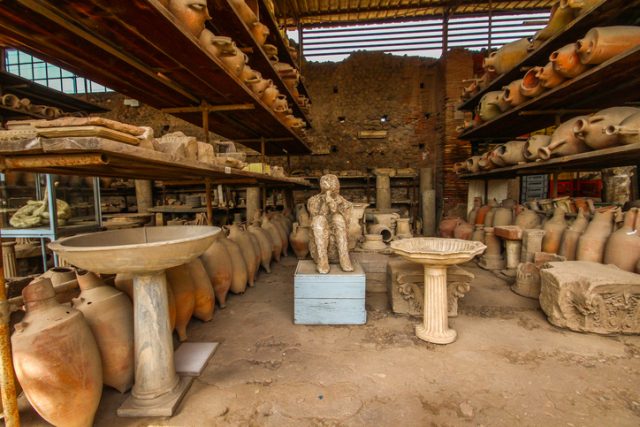
Describing the cloud, he adds: “The cloud was rising from a mountain at such a distance we couldn’t tell which, but afterward learned that it was Vesuvius. I can best describe its shape by likening it to a pine tree. It rose into the sky on a very long “trunk” from which spread some “branches.” I imagine it had been raised by a sudden blast, which then weakened, leaving the cloud unsupported so that its own weight caused it to spread sideways. Some of the cloud was white, in other parts, there were dark patches of dirt and ash.”
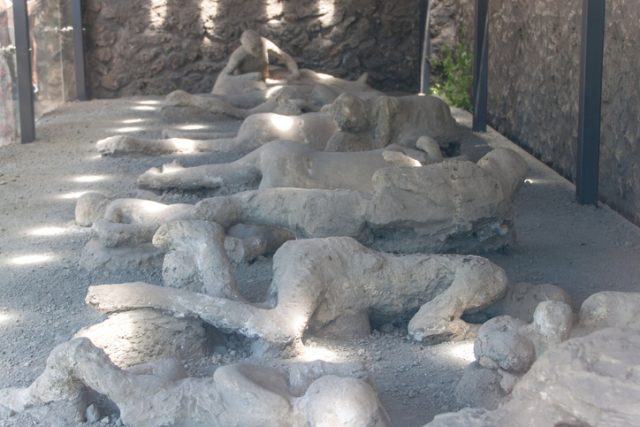
In 1748, the site of Pompeii was rediscovered by accident, during construction of a palace for Charles of Bourbon. To everyone’s great surprise, Pompeii was intact, with its buildings, artifacts, and skeletons of the victims frozen in time. The discovery was of a great importance as it taught us a lot about everyday life in the ancient world.
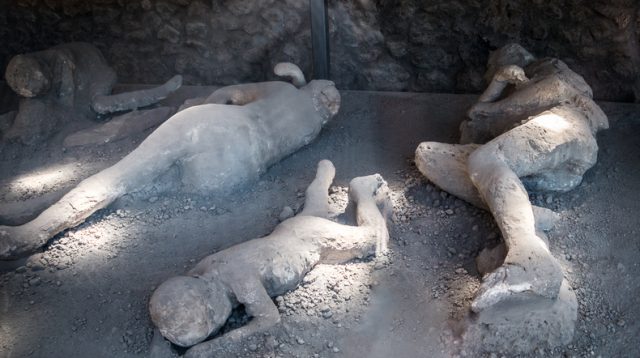
The bodies, the houses, jewelry, art, and scrolls were kept preserved for centuries thanks to the ash and molten debris produced in considerable amounts by the devastating eruption.
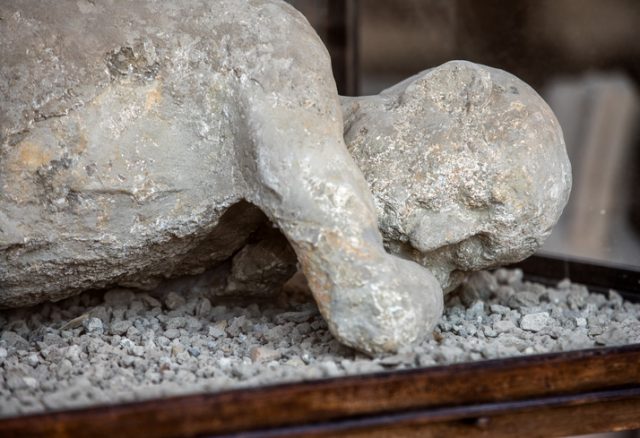
Today, Pompeii is a vast archaeological site protected by UNESCO. During the excavation, the team realized that most of the skeletons they found were surrounded by a void. High-quality plaster was poured into the cavities, and detailed casts were created of the frozen in time citizens of Pompeii who lost their lives during the eruption.
Read another story from us: 2000-year-old preserved loaf of bread found in the ruins of Pompeii
Mount Vesuvius had erupted 30 times since 79 AD and scientists believe that its next eruption will be immense. There are some 600,000 Italians living within the volcano’s red zone whose lives are endangered.
